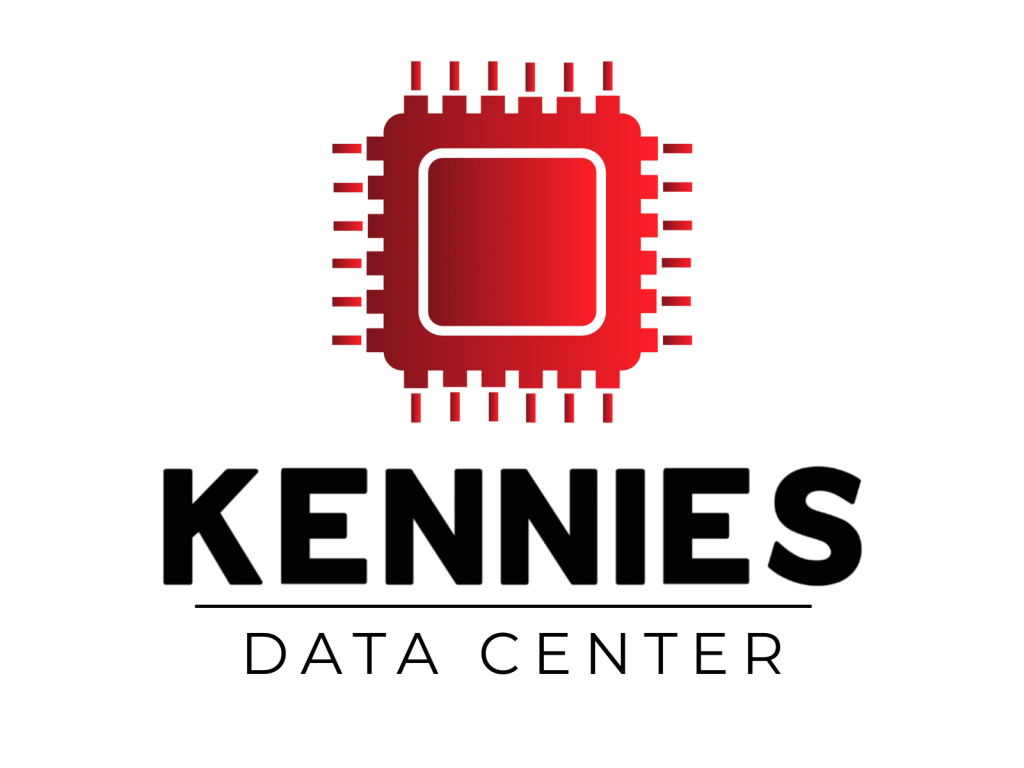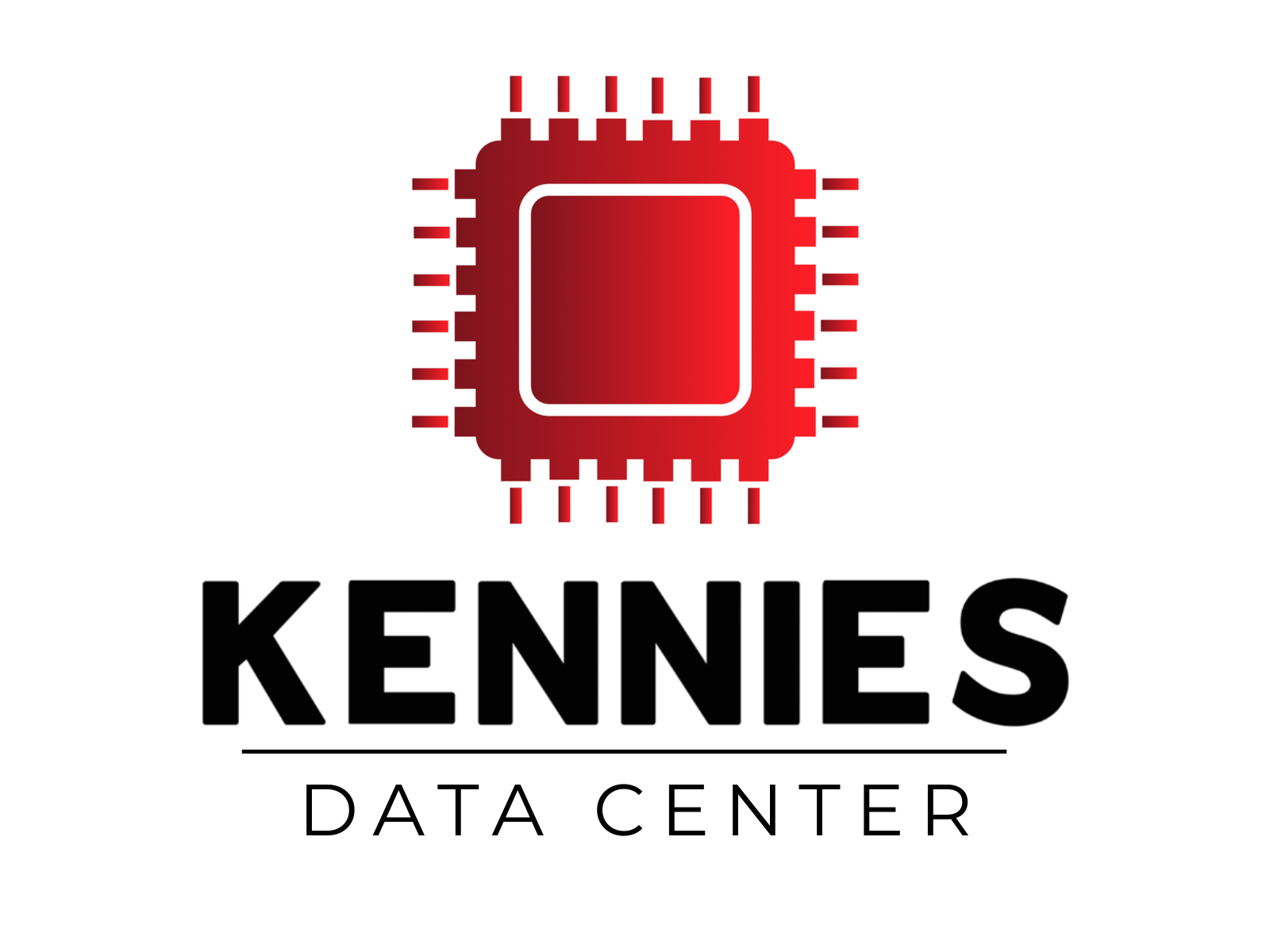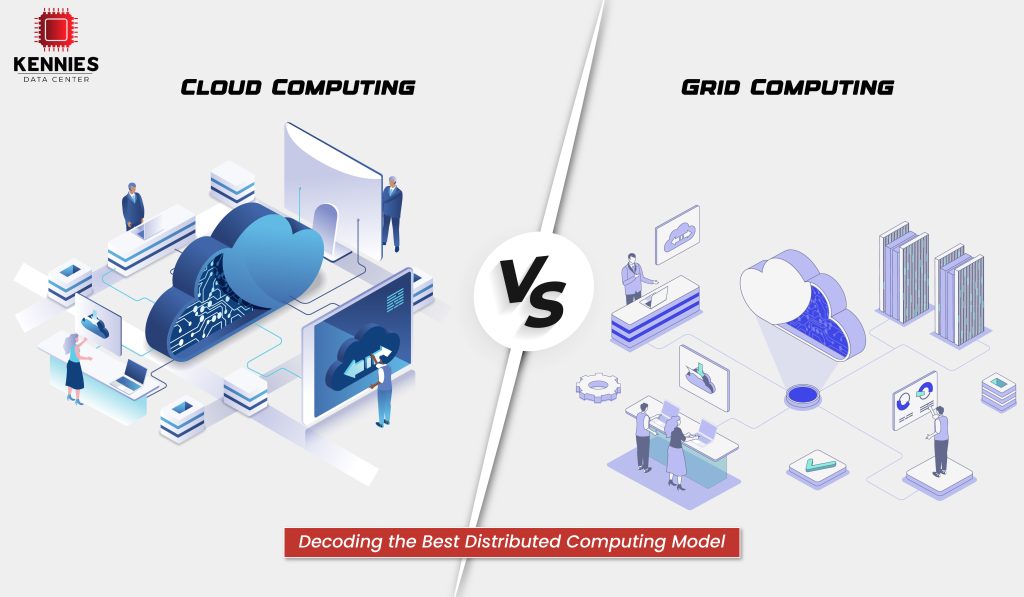
In the digital age, data centers have evolved into mission-critical hubs supporting cloud computing, financial systems, e-commerce platforms, healthcare networks, and national infrastructure. As their importance has surged, so too has their vulnerability to cyber threats, particularly Distributed Denial of Service (DDoS) attacks. These attacks aim to overwhelm systems, degrade performance, and shut down services by flooding networks with illegitimate traffic.
To combat this, modern data centers – especially Tier III and Tier IV certified facilities – have implemented robust security architectures, AI-powered defense tools, and incident response plans. This blog explores in detail how data centers tackle DDoS attacks, from early detection and mitigation to long-term resilience.
Understanding DDoS Attacks
A DDoS attack floods a server or network with a massive amount of traffic from multiple sources, making services inaccessible to legitimate users. These attacks can last from minutes to days and vary in complexity and scale.
- Volumetric attacks: Saturate the bandwidth (e.g., UDP floods)
- Protocol attacks: Exploit protocol vulnerabilities (e.g., SYN floods)
- Application-layer attacks: Target specific applications (e.g., HTTP floods)
These threats are no longer limited to big corporations. SMBs, government websites, and even educational institutions are now frequent targets due to their often weaker security postures.
Alarming statistics On DDoS
According to Cloudflare, the number of DDoS attacks increased by 65% in Q1 2025 compared to the same period in 2024.
- NETSCOUT’s Threat Intelligence Report recorded 13 million+ DDoS attacks globally in 2024, with the largest peaking at 2.4 Tbps.
- Financial losses from prolonged downtime can exceed $300,000 per hour, according to IBM.
Tools Used by Data Centers to Counter DDoS Attacks
Modern data centers integrate a combination of hardware appliances, cloud mitigation services, and software-defined defenses. These work at various layers of the OSI model to ensure full-stack protection.
One of the first lines of defense is deploying network firewalls and intrusion prevention systems (IPS). These detect and block malicious IPs, filter malformed packets, and protect against known threat signatures. IPS tools go a step further by analyzing traffic behavior in real-time and taking automated actions.
In addition, DDoS mitigation appliances, such as those from Arbor Networks or Radware, offer hardware-based protection. These systems are capable of handling massive attacks—sometimes exceeding 500 Gbps—and work by performing deep packet inspection and real-time signature matching.
Data centers also benefit from Content Delivery Networks (CDNs). CDNs help mitigate application-layer attacks by offloading traffic to globally distributed cache servers. These reduce the load on origin servers and also act as a buffer against surges in malicious requests.
Moreover, many data centers today are leveraging AI and machine learning algorithms that detect abnormal traffic patterns and identify emerging threats. This proactive approach allows for real-time decision-making and faster deployment of mitigation strategies without waiting for manual input.
Cloud-based DDoS protection platforms, such as AWS Shield, Azure DDoS Protection, and Cloudflare Magic Transit, have become standard practice for modern data centers. These platforms offer globally distributed, scalable protection and can absorb attacks measuring hundreds of terabits per second.
Tactical Approaches to Mitigation
Defense is not just about having the right tools but deploying them in a layered, strategic manner. This is where a well-orchestrated mitigation tactic comes into play.
Multi-Layered Defense Architecture
A comprehensive defense strategy includes:
- Perimeter Layer: Firewalls, rate limiting, IP blacklisting
- Network Layer: Traffic shaping, TCP SYN authentication
- Application Layer: WAFs (Web Application Firewalls), CAPTCHA challenges
Rate Limiting and Traffic Shaping
Rate limiting restricts the number of requests an IP can make within a given timeframe. It ensures that legitimate users get priority and malicious IPs are throttled. Traffic shaping, on the other hand, prioritizes critical data packets, ensuring continuity even during an attack.
Real-Time Monitoring and Alerting
A 24/7 Security Operations Center (SOC) is essential. With the help of SIEM (Security Information and Event Management) tools, real-time logs are analyzed, correlated, and anomalies are flagged for action. These systems also generate alerts for security teams to respond instantly.
Traffic Scrubbing via Clean Pipes
Suspicious traffic is rerouted through specialized scrubbing centers that filter out malicious data. This clean traffic is then returned to the data center, ensuring continuity and minimal impact on end users.
Response Plans: Preparation Meets Execution
Having tools is not enough. A clearly defined response plan determines how effectively a data center can react when a DDoS attack hits.
Incident response protocols clearly define roles and responsibilities. From network engineers to security analysts, each team member knows what action to take during an incident. These plans are often tested during mock drills to improve efficiency.
Communication frameworks are essential for transparency. Clients, stakeholders, and users must be informed in real-time. Whether via emails, dashboards, or push notifications, proactive communication builds trust and manages expectations.
Post-attack analysis is a critical component. It involves analyzing logs, reviewing firewall settings, checking DNS queries, and conducting root-cause assessments. These insights are vital for patching vulnerabilities and strengthening defenses.
Case Studies: Data Centers Successfully Thwarting DDoS
Real-world scenarios show how effective strategies can mitigate even the most powerful DDoS attacks:
Akamai vs. 1.44 Tbps DDoS (2023): Akamai’s Prolexic platform filtered malicious traffic through global scrubbing centers within seconds, ensuring that critical banking services remained unaffected.
AWS vs. 2.3 Tbps Attack (2020): Amazon Web Services detected a massive volumetric attack and mitigated it using AI-powered threat detection and elastic rerouting. Their architecture allowed them to neutralize the threat without a blip in service.
Small Indian Data Center (2024): A regional data center in India, handling government data, faced a 200 Gbps DNS amplification attack. By coordinating with upstream ISPs, employing zero-trust segmentation, and activating scrubbing nodes, the center maintained uptime throughout the incident.
Data-Driven Insights: The Rising Scale of Threats
The cyber threat landscape is constantly evolving. With the proliferation of IoT devices, attackers have more tools than ever. In 2024, a Mirai-style botnet comprising 600,000+ IoT devices launched an unprecedented DDoS attack on a European government.
Mitigation is just one aspect. True protection lies in building inherent resilience:
Redundant network paths ensure traffic can be rerouted via alternate routes, eliminating single points of failure. This is particularly crucial during traffic rerouting to scrubbing centers.
Regular penetration testing and simulated DDoS drills help data center teams gauge preparedness. These exercises help identify latency, coverage gaps, and automation bottlenecks.
Anycast routing spreads incoming traffic across multiple geographically dispersed servers. During a DDoS, this makes it harder for attackers to overwhelm a single node.
Geo-fencing can block traffic from regions with no business interest. Combined with zero-trust models, which require identity-based access, this prevents lateral movement within the data center.
Threat intelligence integration allows data centers to stay updated with the latest known botnets, IP blacklists, and attack vectors. Many systems now integrate feeds from government cybersecurity agencies and global CERTs.
Emerging Technologies in DDoS Mitigation
As attackers become smarter, defenders are becoming more agile. Technologies like behavioral analytics, which go beyond signatures to analyze usage patterns, help detect anomalies in real time. Companies like ExtraHop and Darktrace are pioneers in this area.
Blockchain-based DNS solutions offer decentralized control, making DNS-related DDoS attacks less impactful. While still emerging, these systems may be crucial in building decentralized internet infrastructure.
Software-defined networking (SDN) offers real-time network path control. During an attack, SDN can dynamically reroute traffic or shut down segments to contain the breach.
AI-powered autonomous mitigation platforms, capable of real-time decision-making, are fast becoming the norm. These platforms reduce response times from minutes to milliseconds, ensuring continuity.
Conclusion
As digital transformation accelerates, the scale and complexity of DDoS attacks will continue to rise. Modern data centers can no longer afford reactive approaches. Instead, they must invest in intelligent, multi-layered security ecosystems that evolve in tandem with threats.
At Kennies Data Center, we blend state-of-the-art mitigation technologies with 24/7 monitoring, expert response teams, and proactive infrastructure design. Our goal is not just to withstand DDoS attacks but to anticipate and neutralize them before they impact operations. With our client-first approach and future-ready architecture, businesses hosted at Kennies gain more than protection—they gain uninterrupted performance and peace of mind.









